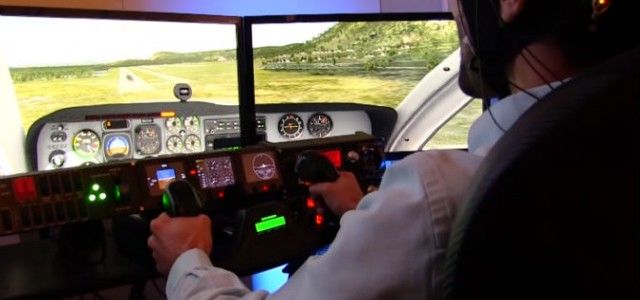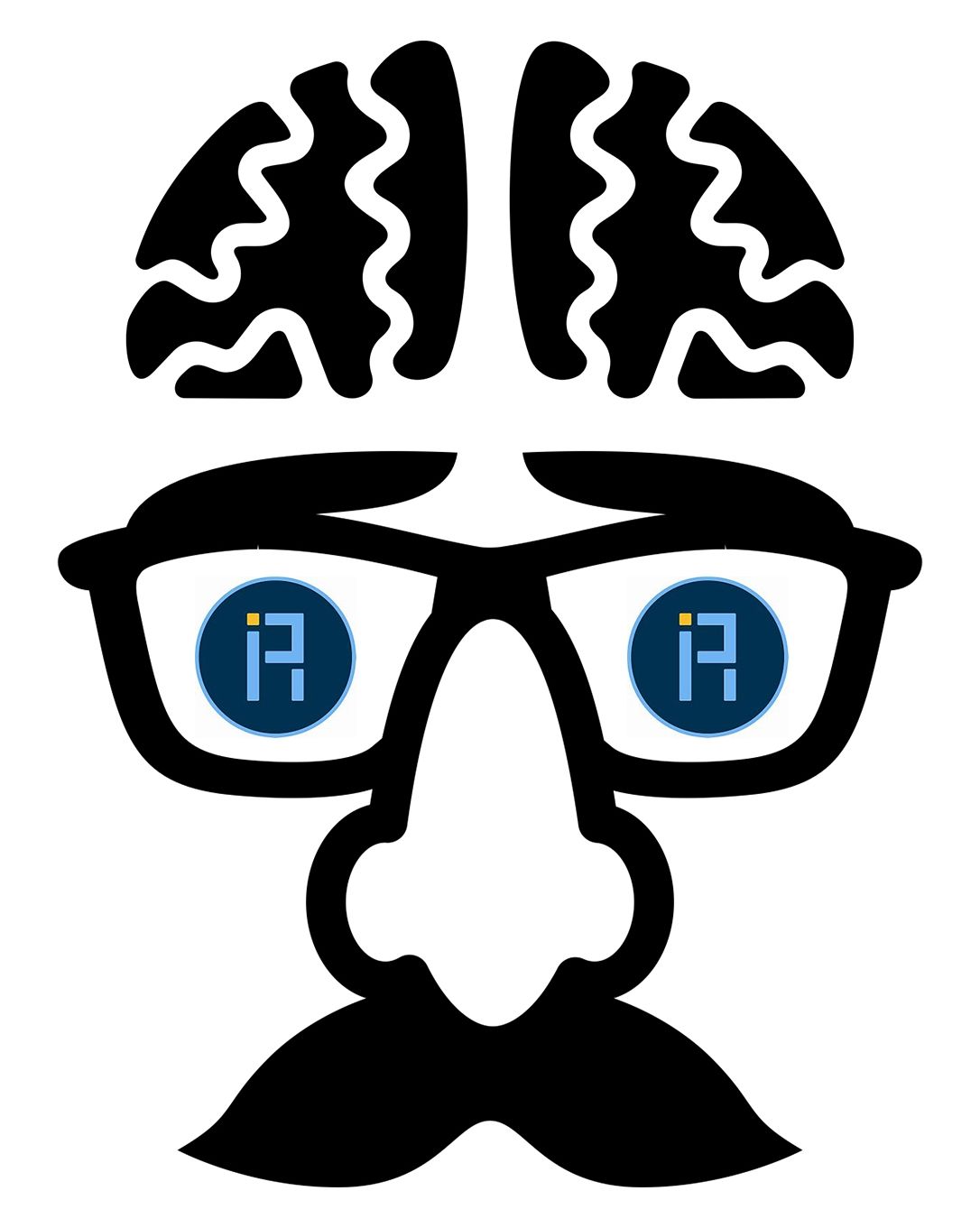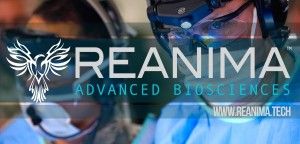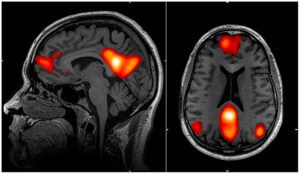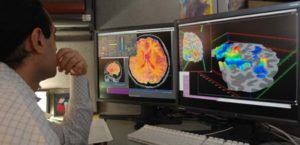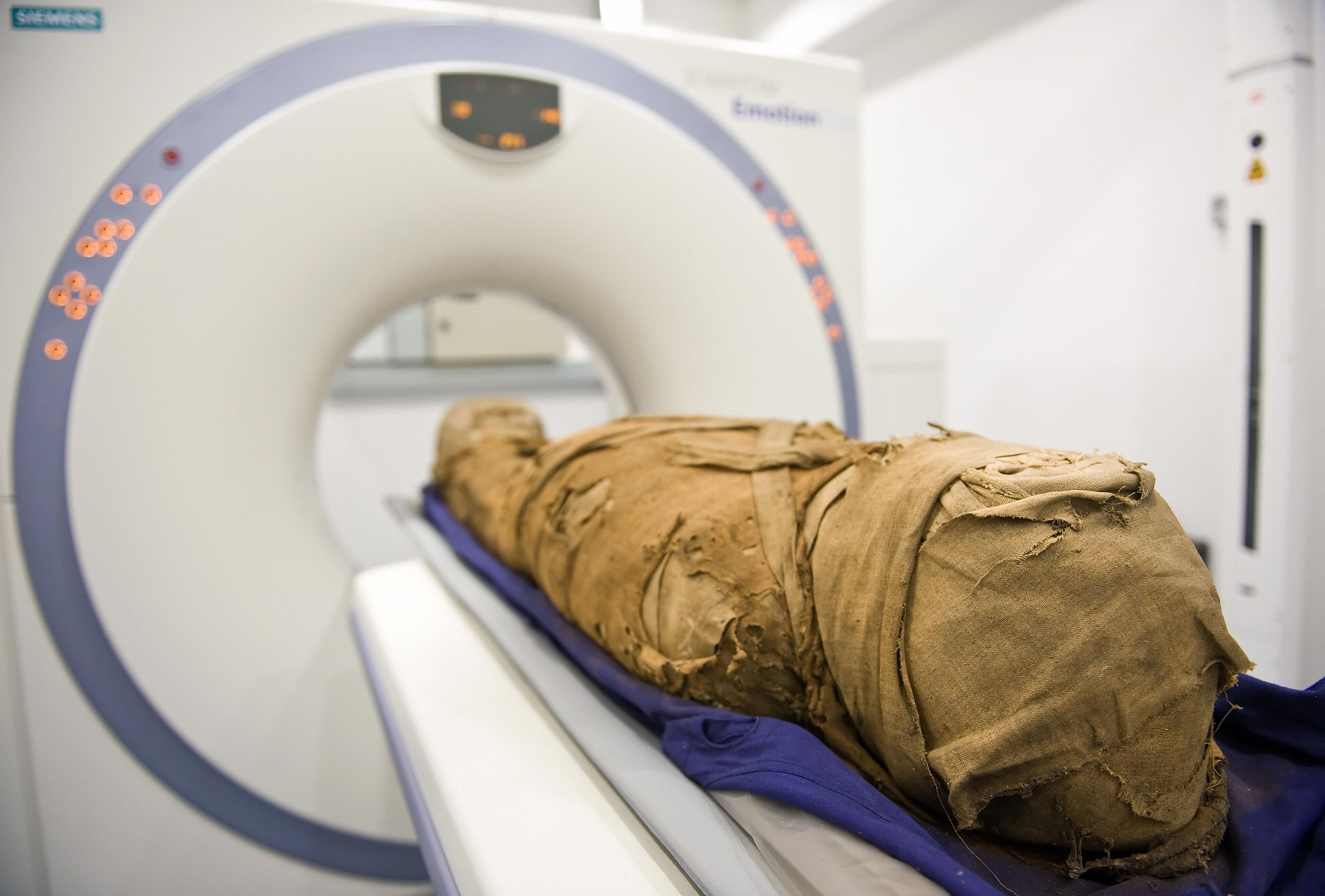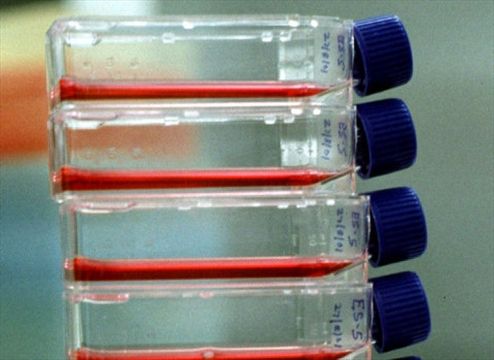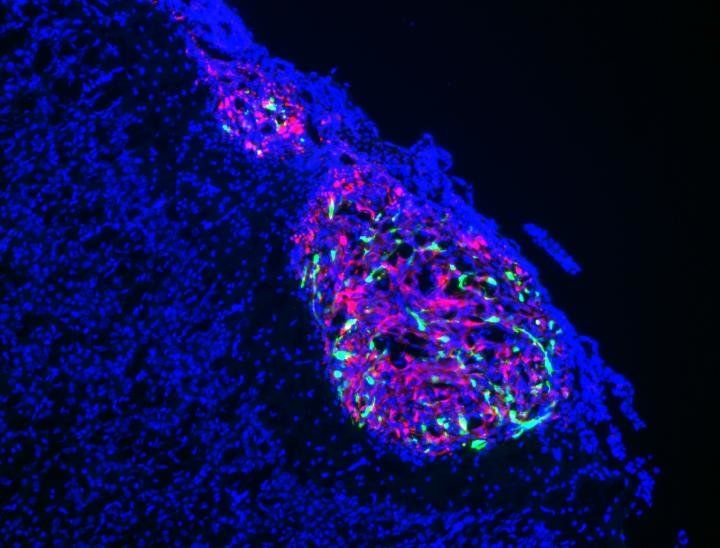By combining a wireless connected EEG headset from Emotiv and an assistive communication app, California-based Smartstones is bringing the power of speech to those who have difficulty communicating verbally. The “think to speak” technology works by reading the brainwaves of the user and expressing them as phrases spoken through the app.
:prose is the app at the heart of it all, developed by Smartstones to help nonverbal people communicate by tapping or swiping on a mobile device. Like sign language, individual gestures and movements are linked to words and phrases: for example, swiping up could mean “I want”, and drawing a circular motion could mean “water”. The app recognizes the input and speaks aloud the complete sentence, “I want water.” The commands are customizable too, so a user can assign phrases to specific movements however they like.
It’s a valuable tool for people who are living with conditions that present verbal communication challenges, such as ALS, Autism and Cerebral Palsy, or have suffered brain or spinal injuries. But for others, the movements required to use the app can also be difficult to perform, due to conditions like Parkinson’s or ALS, which inhibit a person’s motor skills. That’s where the EEG headset comes in.

